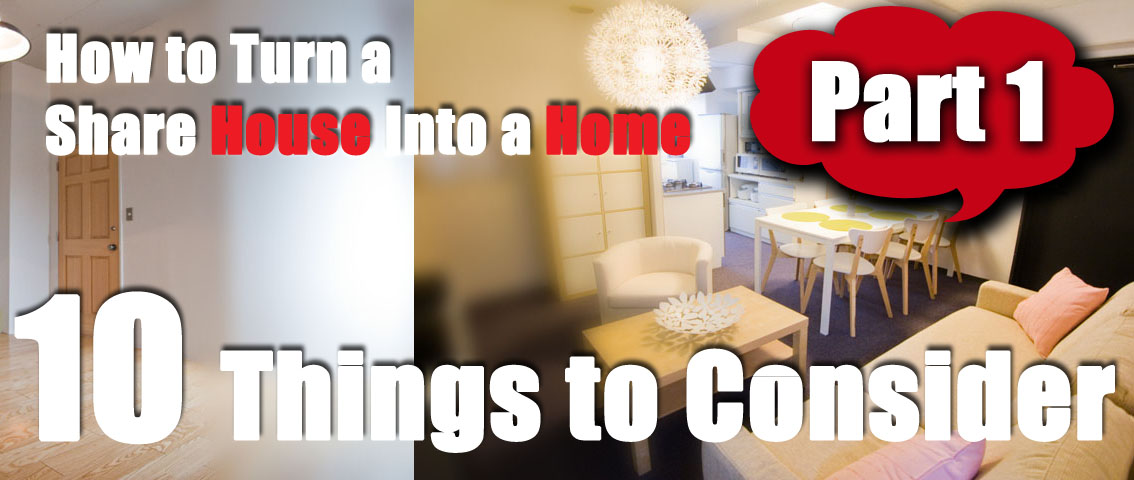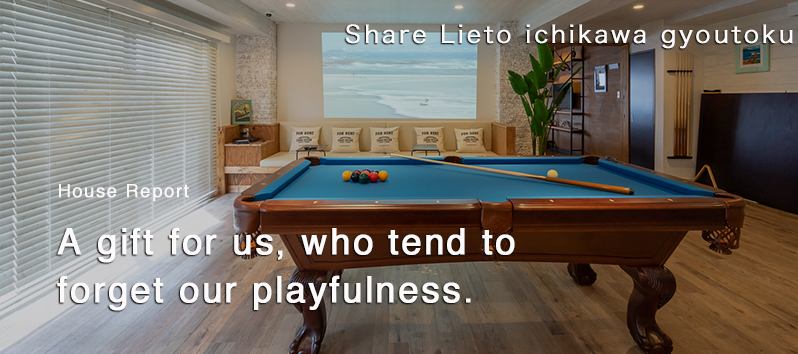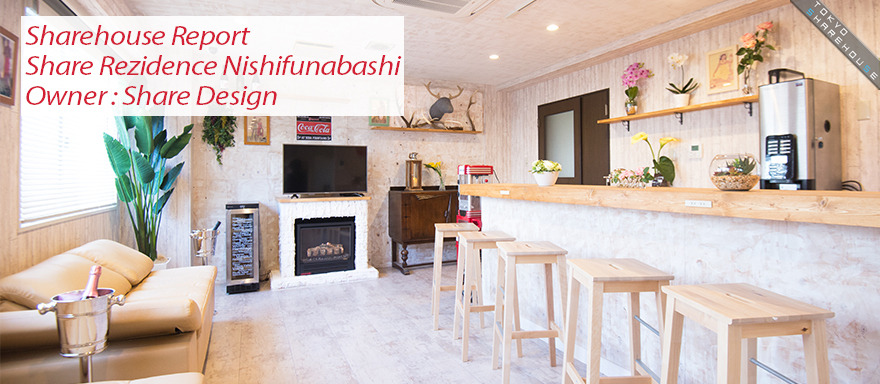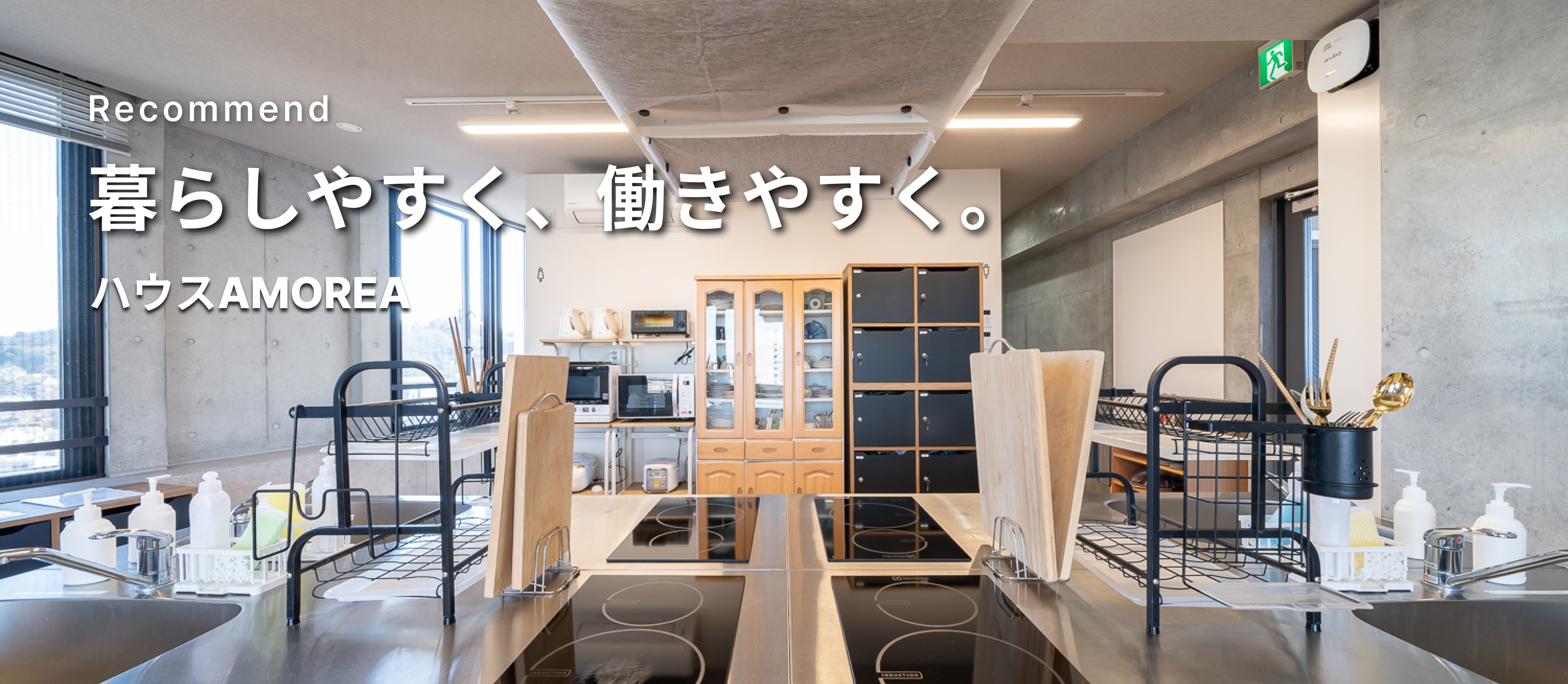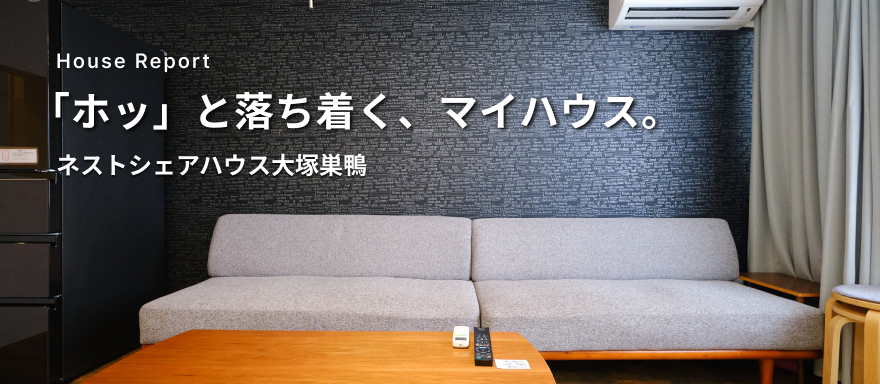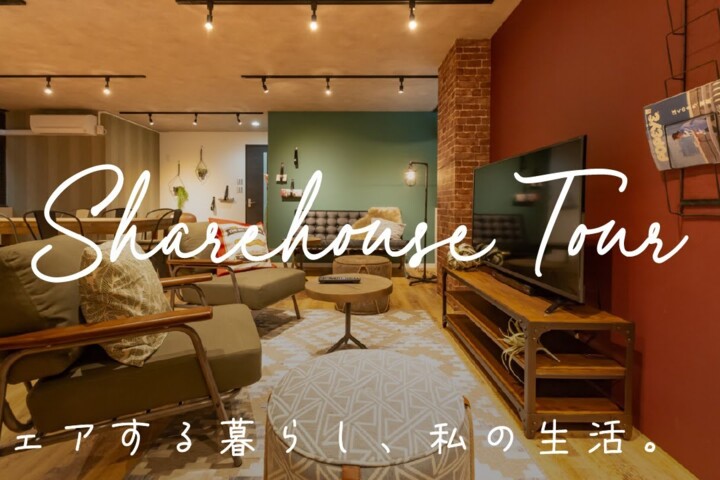For one reason or another, we’re all put in a situation where we must find housing. Perhaps it’s your first time to Japan, and you’re looking for a place to stay for a couple of months. Maybe you’re looking for a change of scenery for personal reasons, to make commuting to your new job easier, or maybe your school dormitory is just giving you the boot.
If this is your first time looking for housing in Japan, I can tell you now that finding an apartment can be a very tedious task; a task that consumes a lot of time and even more money. Let’s take a look at an example.
An international student from a foreign country is attending Keio University, and he’s looking to move out of the school dormitory. One of the closest stations to Keio University is Tamachi, so he decides to look around the Yamanote Line for some promising prospects.
The general rule of thumb is thus: The closer to Tokyo the apartment, the more expensive it becomes. However, glossing over just the prices he spots one for 42,000 Yen! What a steal! But to move this close to Tokyo there has to be a catch. Looking closer at the house details, he sees the apartment is a 1K (1 room + kitchen) and the size is 13.63m2 in total. Looking at the apartment layout, the room where he would actually sleep is half of that, roughly 6.82m2. That’s doable, or so one would think. He looks closer and realizes that there’s no shower, no washing machine, no television, and no immediate access to the internet. Choosing this apartment, his international experience may not be very fun, or at the very least not so convenient.
Assuming he did take this apartment, there’s still the trouble of initial fees. There’s the security deposit which is equivalent to 1 month’s rent (42,000 Yen), then you have key money which is also 1 month’s rent (42,000 Yen), and then there’s the insurance premium (20,000). If you include the first month’s rent, he has to pay 146,000 Yen out of pocket just to move in. Considering most good apartments around Tokyo range from 60,000 to 80,000 Yen, just imagining the startup fees will leave one’s wallet cowering in fear.
“Well, it’s not like I can do anything besides apartment hunting, what do you expect?”
What if I told you there’s another option? There are few if any in America, and in Europe there are similar facilities, but they’re not quite the same. The facilities I speak of, are share houses. In recent years, this alternative to apartment living has been steadily growing in popularity. Originally utilized primarily by foreigners, the Japanese have also taken a great liking to them, and today I’d like you to consider the possibilities they have to offer you. So let’s get started.
1. What is a share house?
In simplest terms, as its name implies, a share house is a residency shared by several people living together. Sounds simple enough, but I’m sure some readers are already picturing dorm rooms, bunked up with several people in the same room, paying by the day or by the week. So first we need to clear up some discrepancies regarding what a share house is and what a share house isn’t.

As mentioned a moment ago, in a share house you’ll be living together with other people. However, a majority of share houses have the option of single rooms, so you can think of it like a family house. You have your bedroom, and share the kitchen, bathrooms, etc. with your house mates. Stick around long enough, and they may grow on you like family too.
Speaking of “sticking around”, this is also what makes share houses somewhat different from guesthouses and hostels. Share houses are generally made bearing in mind that those who move in are seeking long term residency. Having said that, it doesn’t mean you’ll be stuck in a share house for a long time if that’s not what you’re after. The required minimum stay is generally one to three months. So if you’re a student looking for a place to stay for a semester, or maybe looking to spend two months vacationing in Japan, a share house is a good option for a short stay, but not too short.
So share houses aren’t for a very short term stay, and don’t have to be for a very long stay. What does that say about the people who move in? If you’re thinking of a guest house or hostel where travelers from various countries are coming and going but for slightly longer durations, you might be surprised moving into a share house. As mentioned earlier, the share house phenomenon is surprisingly popular among Japanese people as well. While there are certainly share houses that emphasize an international atmosphere, looking for residents from different countries to foster international exchange, it’s not uncommon to find a share house that is filled mainly with Japanese residents. There are even share houses made specifically for Japanese people, allowing foreigners to move in granted they speak Japanese or really want to learn.
So to sum up here, you’ll be sharing a house with others, generally with the option of your own room, the minimum length of stay is usually one to three months, making it great for a semi-short to long term stay, and it’s a great way to meet people! Coming to Japan, the desire to meet people is generally a given, and this is definitely a great way to start. And now that you know what a share house is, there are some things to consider in making your selection. Stay tuned for part 2 to get the scoop.
/Author: Paul

